532 episodes


We're in the age of big data, but there remain several hurdles to integrating genomics into conservation science. We hear about these issues from Prof Cock Van Oosterhout, and discuss the potential solutions he outlined in his recent perspectives article for Heredity.
Pediatric researchers Cynthia Bearer and Eleanor Molloy join podcast host Geoff Marsh to give an update on plans for the podcast and to offer some sage advice for Early Career Investigators. Find more Pediapod episodes here: https://www.nature.com/collections/fcbjjbchaa
Dr. Nicole Petersen is an assistant professor in the department of psychiatry and behavioral sciences at UCLA. Her commentary is a new paper in the journal Neuropsychopharmacology called “Spotlighting SHAPERS: sex hormones associated with psychological and endocrine roles.” Dr. Petersen starts the paper describing an unnamed signaling molecule that can affect the physical structure of the brain and that seems to be related to a wide number of psychological and neurological conditions. Then she reveals that this is estradiol. The point she makes in the paper is that estrogen isn’t the only neuroactive substance that affects the brain in ways that we just don’t understand. Read the full study here: https://www.nature.com/articles/s41386-024-01819-0
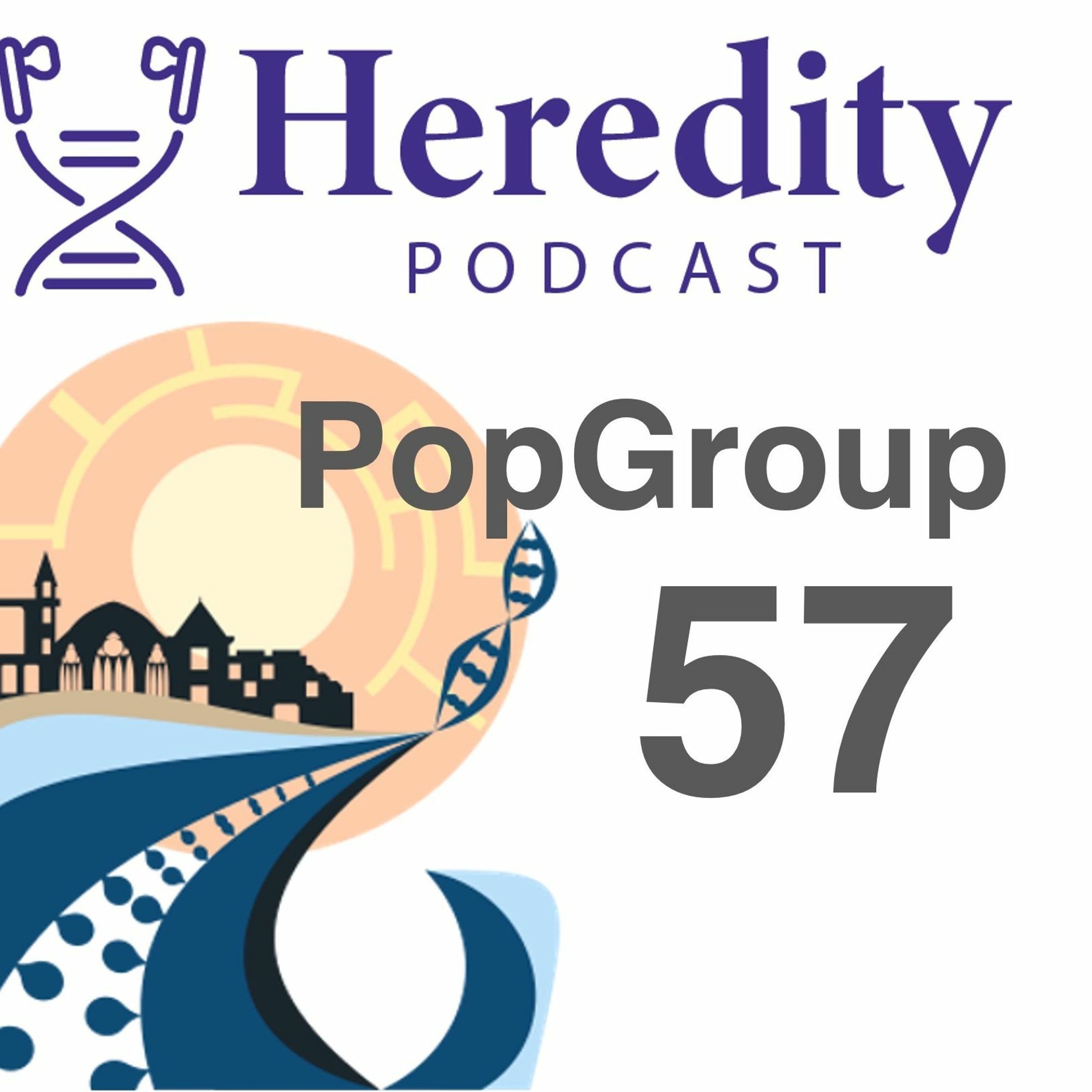

In this second of our special episodes on the 2024 PopGroup conference, we hear from Mark Kirkpatrick, who gave the plenary talk which was the climactic end to the meeting. Mark tells us why he loves Popgroup, what his conference talk was about and what questions he's excited to dig into next.
This episode involves a conversation with senior investigator Linda de Vries, who has had a large and lasting effect in the world of pediatric research.


PopGroup is the beloved annual meeting of the Population Genetics group of the Genetics Society. This episode we hear from Mike Richie, lead organiser at this year's host organisation - the University of St Andrews, from plenary speaker Susan Johnston and from student prizewinner Diana Lobo.
The United Nations recently stated that “climate change is the defining issue of our time, and we are at a defining moment” (https://www.un.org/en/global-issues/climate-change). This statement ended the political debate about the role of human activities in climate change. Global climate change is happening and it will have a profound effect on our children. Listen and learn from Dr. Kari Nadeau the Chair of Environmental Health from Harvard School of Public Health and one of the guest editors of Pediatric Research's special issue on climate change (https://www.nature.com/collections/chjjihfaec). Read Dr. Nadeau's editorial here: https://www.nature.com/articles/s41390-022-02290-7
Serotonin is a critical chemical when it comes to a number of psychiatric conditions, such as OCD, where it seems to play a particular role in cognitive flexibility. That is, serotonin levels are related to the fact that someone is perseverating on intrusive thoughts or compulsions and isn’t able to be as flexible as otherwise would be necessary. Trevor Robbins, professor of cognitive neuroscience at the University of Cambridge, is one of the authors of a recent study titled Comparable roles for serotonin in rats and humans for computations underlying flexible decision-making, and he says such cognitive flexibility also plays a role in depression and schizophrenia. Read the full study here: https://www.nature.com/articles/s41386-023-01762-6
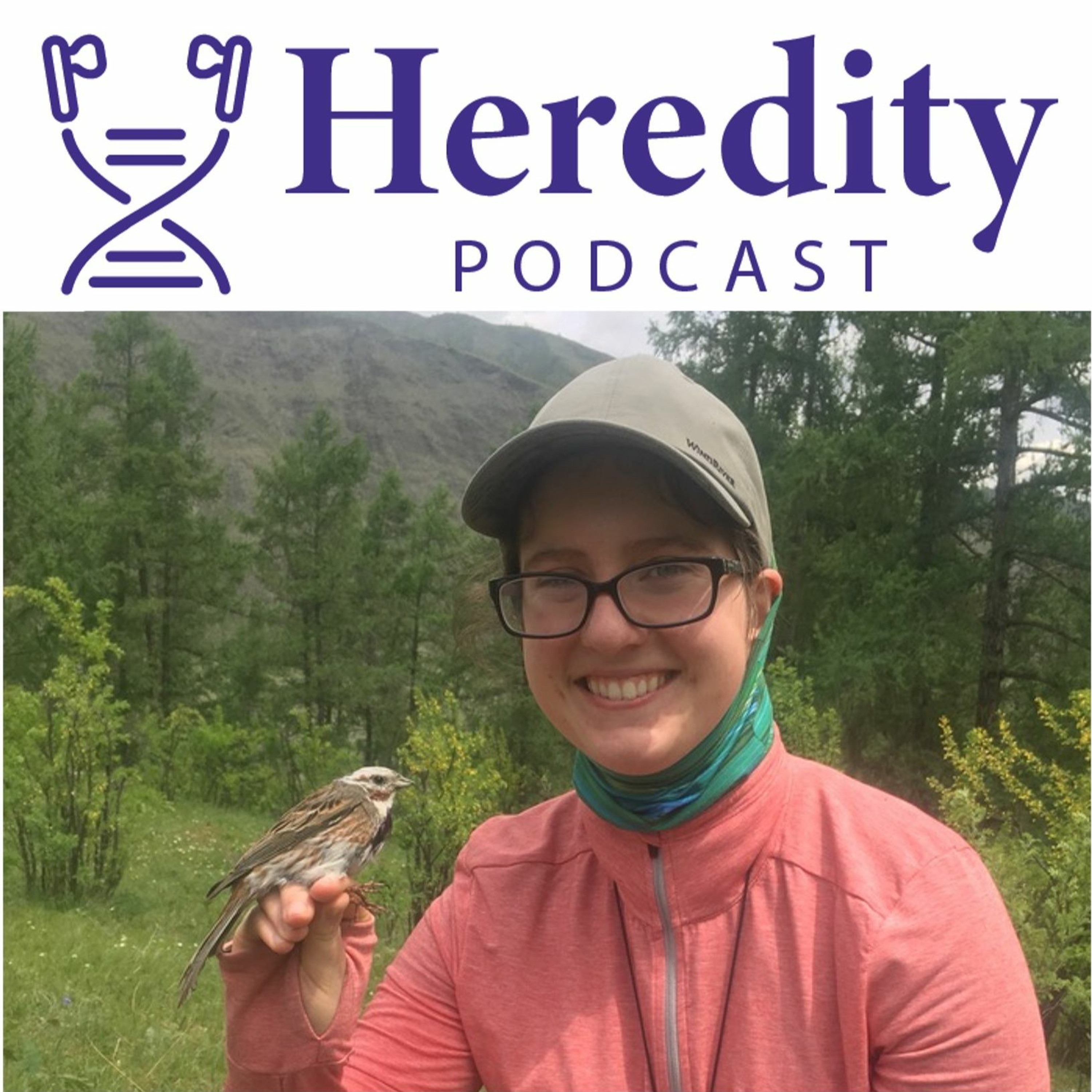

Each year Heredity awards a prize for the best student paper in the journal, this episode Ellen Nikelski, talking about her paper and how it feels to have been the winner in 2023.
Illness severity scores are commonly used for mortality prediction and risk stratification in pediatric critical care research. However, as mortality has steadily declined in the pediatric intensive care unit there has been increasing attention given to evaluating non-mortality outcomes in survivors. In this episode we meet Early Career Investigator Elizabeth Killien from Seattle Children's Hospital. In order to evaluate the ability of two commonly used illness severity scores to predict morbidity outcomes, she performed a secondary analysis of the Life After Pediatric Sepsis Evaluation (LAPSE) multicenter longitudinal cohort study of functional and health-related quality of life outcomes among survivors of septic shock. Read the full article here: https://www.nature.com/articles/s41390-023-02619-w
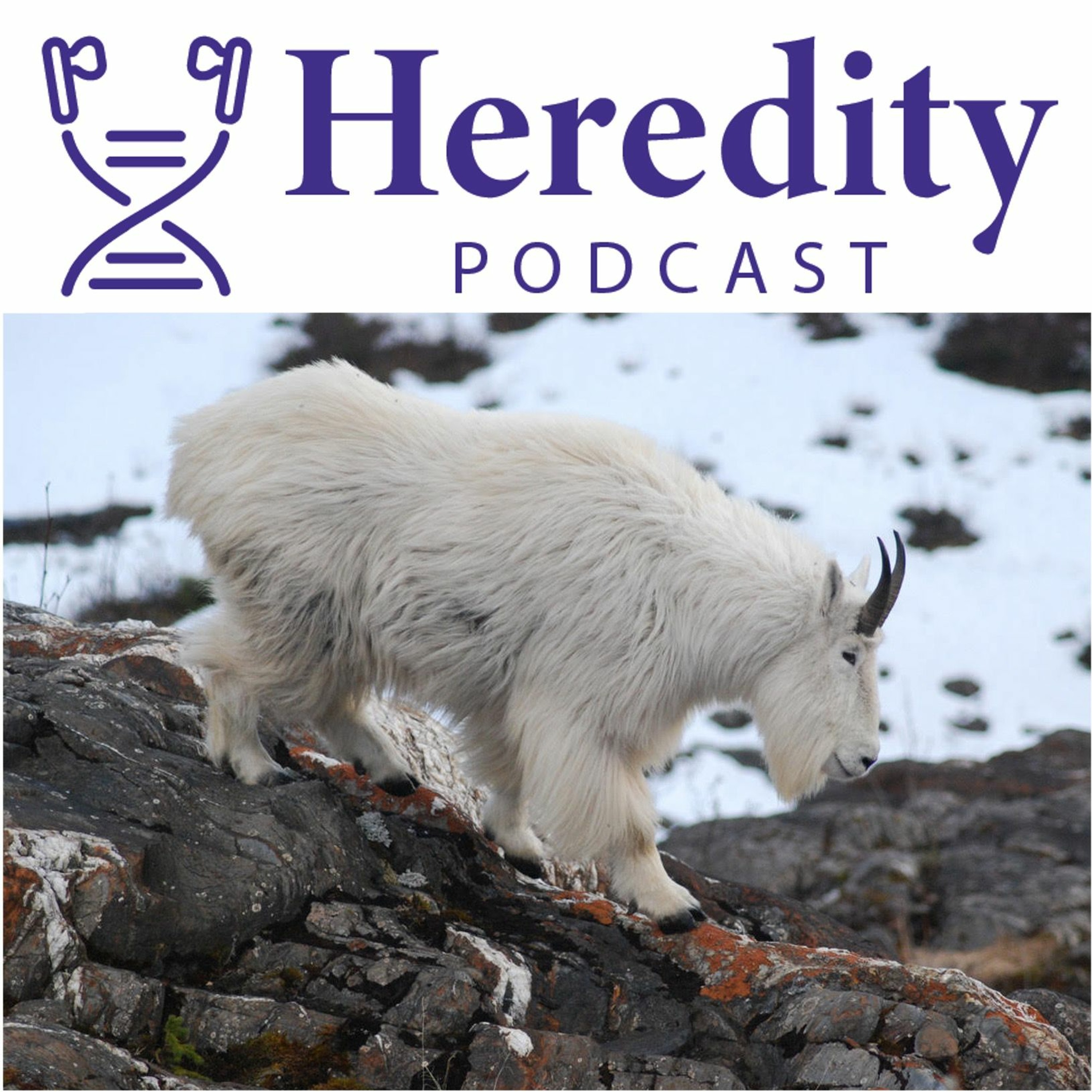

One of the big decisions in planning a genetic study is what kind of sequencing approach to use. This episode we talk to Daria Martchenko and Aaron Shafer (Trent University, Canada), whose paper compares and contrasts whole genomes to RADseq in a study of mountain goat demography and adaptive history.
This episode, along with a few more to come, involves a conversation with a senior investigator who has had a large and lasting effect in the world of pediatric research. The Early Career Investigator episodes will still be coming once a month, but hopefully this will add a bit of variety to the Pediapod feed and shine a light on some of the pioneers who have helped shape the face of modern Pediatrics. This episode features Dr. Max Vento. Read Max Vento's biocommentary here: www.nature.com/documents/Max_Vento_Biocommentary.pdf
Hypoxic Ischaemic Encephalopathy (HIE), a subset of neonatal encephalopathy, is the most common neurological condition in term born infants. It is known that a range of acute and chronic placental pathologies are more common in infants with HIE. However little is known about how differences in utero-placental function might contribute to varied outcomes in these infants. In this episode of Pediapod, we speak to Early Career Investigator Dr. Jeffrey Russ from Duke University Medical Center, who retrospectively analyzed whether acute versus chronic placental pathology were differentially associated with outcomes in patients with presumed HIE. Read the full study here: https://www.nature.com/articles/s41390-023-02737-5


We tend to focus on research studies on the podcast, but review papers are a hugely important part of the scientific literature. This week we talk to Frank Hailer, reviews editor, who demonstrates his passion for using genetics in his work and talks about why he loves his job at Heredity.
The development of children born very preterm is most often evaluated using the Bayley Scales of Infant Development. These single assessments are routinely used as outcome measures for neonatal interventions or as a means of prognosis. However, early Bayley scores may not accurately predict later outcomes. In this episode of Pediapod, we speak to Dr. Mary Lauren Neel from Emory University who, along with her team, set up a study to determine whether Bayley-III score trajectories measured at multiple timepoints in children born very preterm, predicted school readiness at age 5, better than a single assessment. Read the full study here: https://www.nature.com/articles/s41390-023-02656-5
The drug naloxone, otherwise known as Narcan, is a critical tool in reversing fentanyl overdoses and reducing mortality. But now fentanyl is appearing on the streets adulterated with a drug called xylazine. Justin Strickland, assistant professor at Johns Hopkins University School of Medicine, and Cassandra Gipson-Reichardt, associate professor in the department of pharmacology nutritional sciences at the University of Kentucky, are the coauthors of a new paper in the journal Neuropsychopharmacology about the importance of integrating public health and translational science to address the challenges of xylazine adulteration of fentanyl. Read the full study here: https://www.nature.com/articles/s41386-023-01680-7
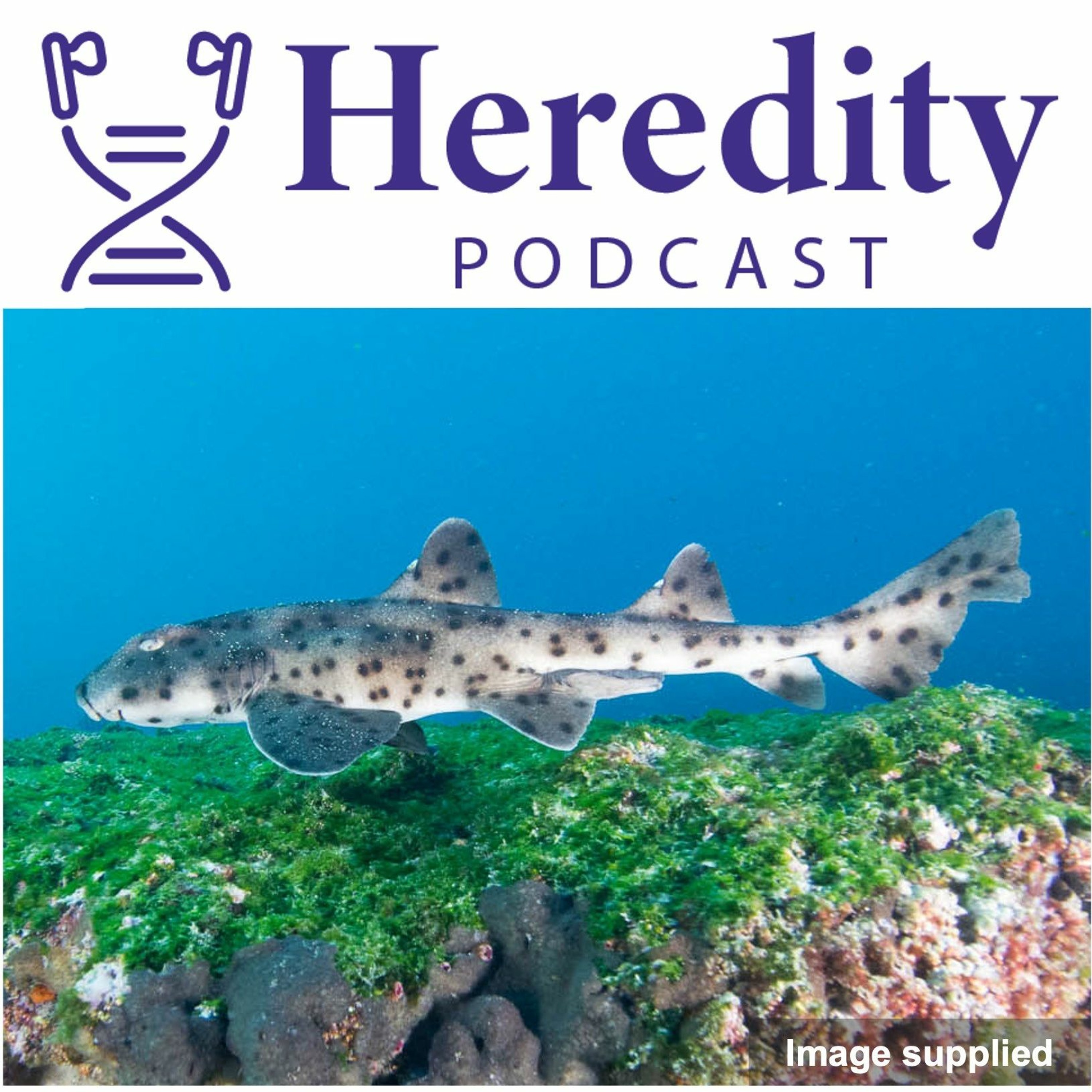

Barriers to gene-flow control population connectivity, but what barriers exist in the sea? How similar is the connectivity of island marine organisms to those on land? As with many evolutionary questions, the Galapagos is the perfect place to find answers. Max Hirschfeld and Christine Dudgeon discuss their new work with the Galapagos bullhead shark.
The temporal facilitates many complex neurological processes. Alterations to these processes are known to correlate with specific functional deficits commonly found in preterm-born children at and beyond school age. However, as yet there is not an objective, validated method to assess the temporal lobe structure or size in very preterm infants. In this episode of Pediapod, I speak to neonatologist and this month's highlighted Early Career Investigator, Katherine Bell, from the Brigham and Women's hospital, Boston who developed a new method for quantifying temporal lobe size in very preterm infants at term equivalent age using simple metrics performed on brain MRI. Read the full study here: https://www.nature.com/articles/s41390-023-02567-5
Sanjay Mathew is a professor and vice chair for research at Baylor College of Medicine and director of the Mood and Anxiety Disorders Program. He’s one of the two authors of a recent review paper in the journal Neuropsychopharmacology, “The why, when, where, how, and so what of so-called rapidly acting antidepressants.” With his colleague Alan Schatzberg, professor of psychiatry and behavioral sciences and director of the Mood Disorders Center at Stanford University, they explore both the drugs that have been studied as rapidly-acting anti-depressants to date, and they also review the challenges and opportunities in how such research is conducted. They say that a version of ketamine has changed the field. Read the full study here: https://www.nature.com/articles/s41386-023-01647-8
What is effective population size (Ne), and why is it important? Robin Waples takes us back to the basics of this important evolutionary concept and discusses his new paper, using simulations to demonstrate that Bill Hill's 1972 equation for calculating Ne still works for populations with extreme reproductive patterns.
The COVID-19 pandemic severely affected health and healthcare systems worldwide and could have resulted in changes in fetal and neonatal outcomes. In this episode, we speak to Early Career Investigator, Vivek Shukla from the University of Alabama at Birmingham. Using machine learning techniques, he performed a population-based study to identify changes in fetal and neonatal outcomes during the initial and delta COVID-19 pandemic period as compared to the baseline period. Listen to the full study here: https://www.nature.com/articles/s41390-023-02533-1
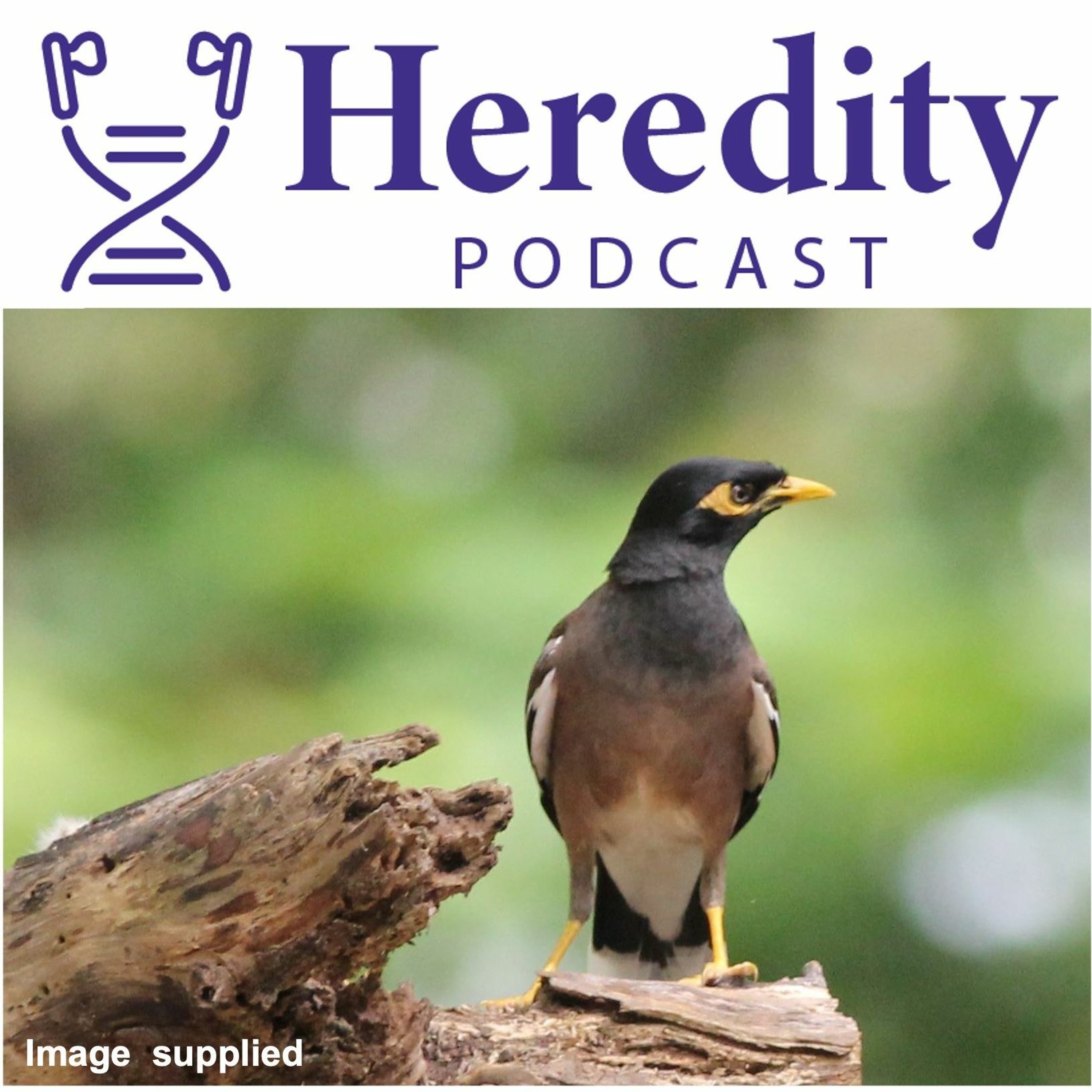

Kamolphat Atsawawaranunt and Anna Santure discuss how they have used diverse samples of DNA to trace the introduction history of the common myna from its native range across its invasive distribution in the Pacific.
Before the COVID-19 pandemic, the use of telemedicine was limited in pediatric primary care. Then, in 2020 it increased exponentially. However, early COVID-19 reports described inequities in telemedicine use across multiple specialties. In this episode, we meet Early Career Investigator, Kelsey Schweiberger from the University of Pittsburgh. In a recent paper, she describes the factors associated with scheduling and attendance of telemedicine appointments for pediatric primary care throughout the first year of the COVID-19 pandemic to identify priorities for enhanced equity in access. Read the full paper here: https://www.nature.com/articles/s41390-023-02481-w
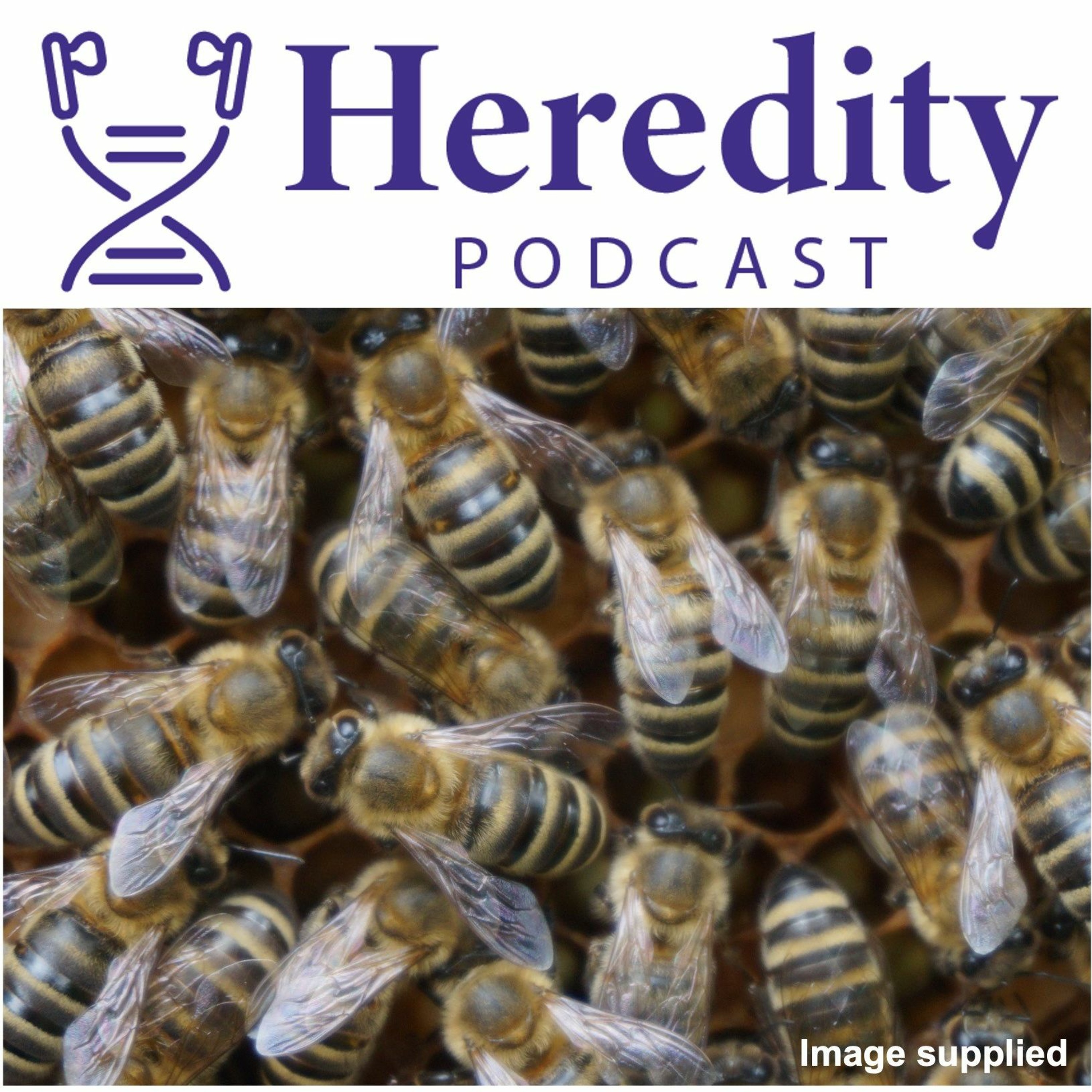

In this episode, Richard Bernstein (Institute for Bee Research Hohen Neuendorf) discusses the development of the first genomic prediction model for honey bees. Genomic prediction is well established in the breeding of many commercial species, but wasn’t possible in honey bees until now. Richard fills us in on what genomic prediction actually is, why its useful and why prediction for bees is so tricky.
In-person treatment for substance use disorders is an incredibly important tool, but there’s a high failure rate — more than 50 percent of people who enter drop out within the first month. There hasn’t been a highly accurate method of identifying who might leave and who might succeed, and knowing this could help centers allocate resources to give the right type of assistance to the right people at the right time. One tool available is called the Addiction Severity Index, which is used to help identify the severity of the addiction and thus customize treatment, but it wasn’t developed to gauge whether a patient might drop out entirely. So a team of researchers decided to mine something known as a digital phenotype. Dr. Brenda Curtis is a clinical researcher at the National Institute on Drug Abuse Intramural Research Program, and she’s one of the paper’s authors. Read the full study here: https://www.nature.com/articles/s41386-023-01585-5
Heart rate characteristics and demographic factors have long been used to aid early detection of late-onset sepsis, however respiratory data may contain additional signatures of infection. In this episode we meet Early Career Investigator Brynne Sullivan from the University of Virginia. She and her team developed machine learning models to predict late-onset sepsis that were trained on heart rate and respiratory data to provide a cardiorespiratory early warning system which outperformed models using heart rate or demographics alone. Read the full article here: https://www.nature.com/articles/s41390-022-02444-7


In this episode, Prof Thomas Madsen (Deakin University) discusses how a long-term study of an adder population has provided evidence that polyandry and non-random fertilisation can have positive effects on genetic diversity. Thomas argues that factoring in mating dynamics could help to improve conservation genetic analyses.
Antisocial personality disorder, or ASPD, is a difficult disorder to study. There have been studies on psychopathic individuals, and on youth with psychopathic traits, but most studies on ASPD to date have been on incarcerated adults. A team of researchers at Heidelberg University wanted to study individuals who are not incarcerated and see what these findings could elucidate about the brains, in particular the amygdalas, of individuals with ASPD. Haang Jeung-Maarse is a medical doctor at Bielfeld University in Germany and is one of the authors of the paper in the journal Neuropsychopharmacology, on the effects of oxytocin on amygdala reactivity to angry faces in males and females with antisocial personality disorder. Read the full study here: https://www.nature.com/articles/s41386-023-01549-9
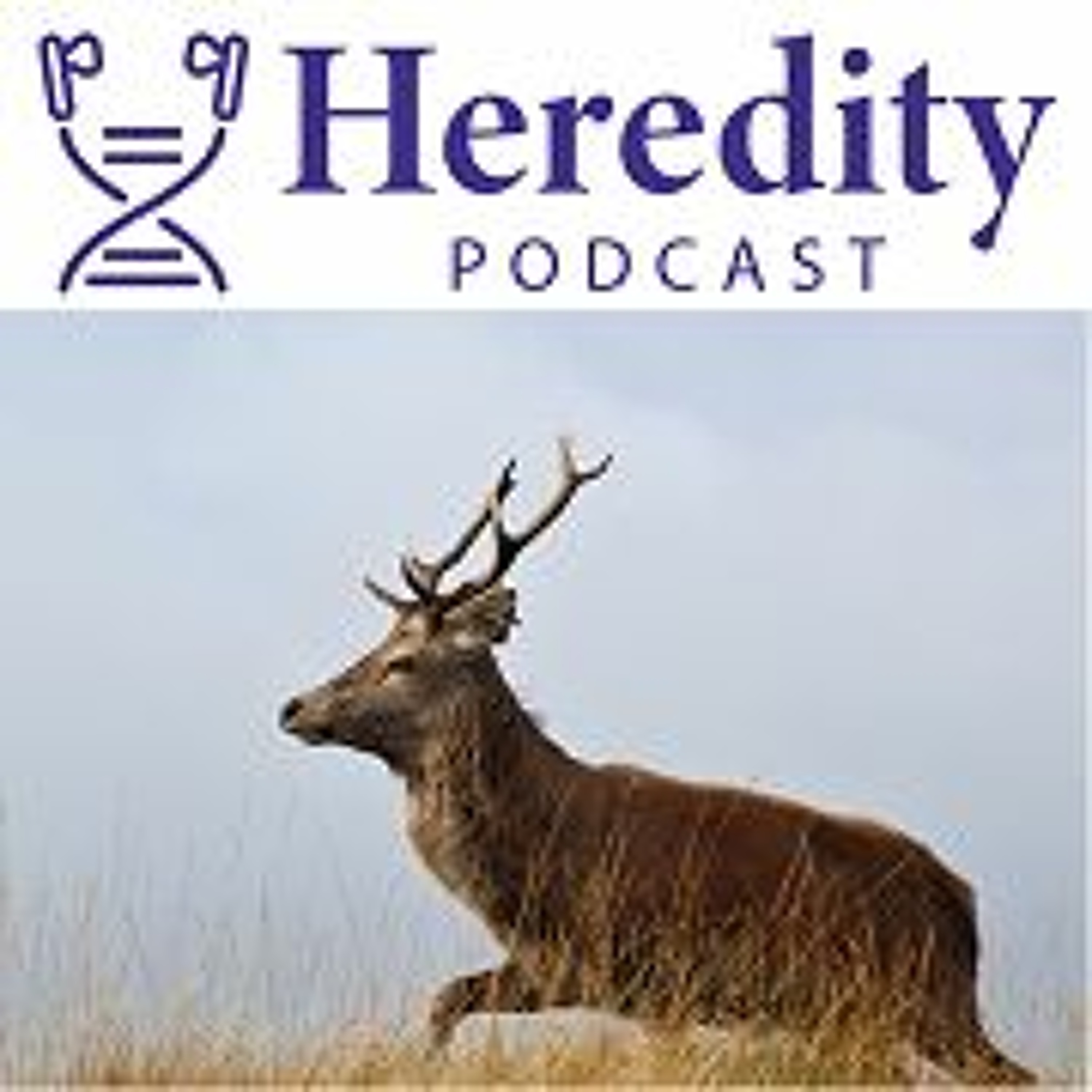

In this episode, Anna Hewett discusses how different factors have led to the patterns of homozygosity observed in a population of red deer living on the Scottish Isle of Rum.
Bronchopulmonary dysplasia (BPD) is the most common morbidity among very preterm infants. Commonly, nutritional interventions are focused on achieving optimal body weight gain. However, very preterm infants with evolving lung disease often experience disproportionate growth in the neonatal period, which may contribute to the odds of developing BPD. In this episode of Pediapod, we speak to Early Career Investigator Marc Beltempo from McGill University, Montréal, Canada who has investigated the link between change in body mass index and evolving BPD in very preterm infants. Read the full study here: https://www.nature.com/articles/s41390-022-02358-4